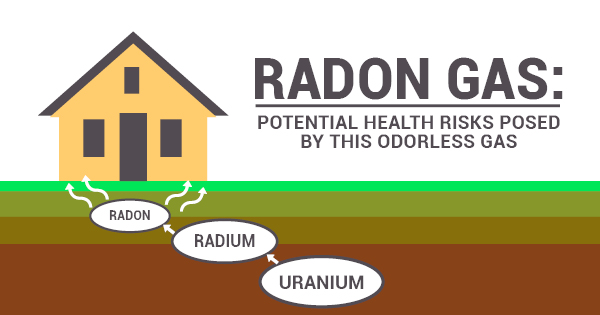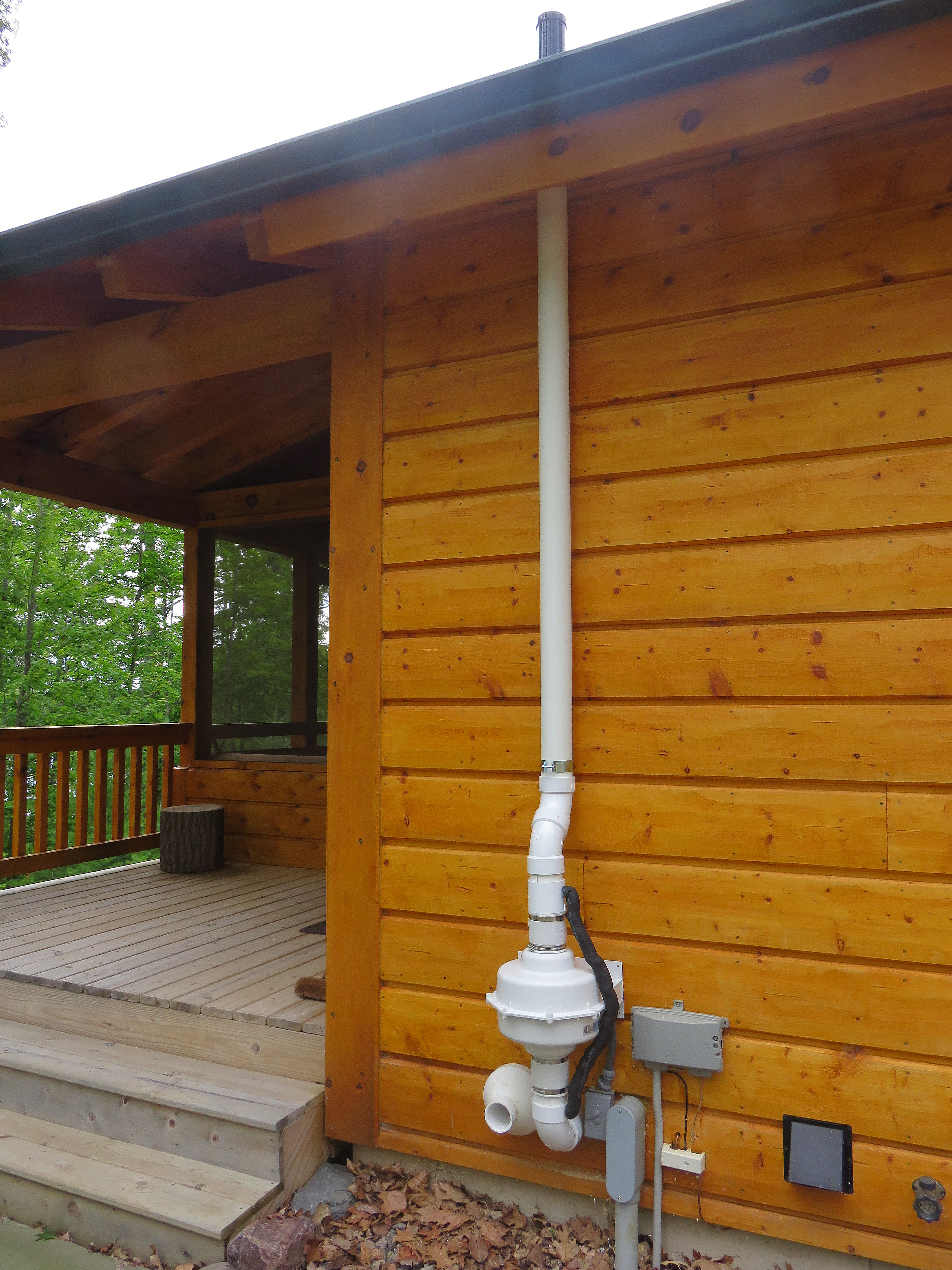Every little thing you need to learn about radon
Where is Radon most commonly found?
There's no single method that fits all radon removal system needs. Common techniques include: Sub-slab depressurization, where suction pipes are inserted through the floor or concrete slab into the concrete slab below the home. A radon vent fan then draws out the radon gas and releases it into the air outside.
Hence, dangerous radon exposure is greatly an anthropogenic environmental health issue. The UNITED STATE Epa (EPA) has assigned January as National Radon Activity Month and a time when health and wellness agencies across the nation prompt all Americans to have their homes examined for radon.
High degrees of radon in homes generally come from the surrounding soil. Radon gas from the dirt goes into buildings with cracks as well as openings. The EPA has determined Putnam Area as a "high threat" radon zone. However, the only way to know if you have high radon levels in your home is to check it.
Exposure to a lot lower degrees of this known health hazard may happen indoors in homes improved soil that has a high radium content and also is releasing radon right into the surrounding atmosphere. The searching for of unacceptably high levels of radon in some home atmospheres has actually triggered issue about the danger of lung cancer cells and also rate of interest in widespread screening of homes. House levels of radon never ever come close to the level experienced by miners, so some unpredictability remains about the overall risk presented by direct exposure to home radon. Nevertheless, the majority of authorities concur there is a real but small increased danger of lung cancer cells related to raised residence levels.
UKradon
What do you do if your house has radon?
Radon can seep into any home that is in contact with the ground. It is undetectable unless you perform a radon test. It is the second leading cause of lung cancer and according to the EPA and CDC, it kills more than 20,000 annually. It is not something you want in the home you are buying.
The Canadian standard for radon in indoor air for residences is 200 Becquerels per cubic metre (200 Bq/m3). A Becquerel is an unit that gauges the discharge of radiation per second. The radon degree in a residence must not be above the standard.
According to the Epa, radon is one of one of the most severe health problems facing our populace today. While this gas does not pose instant health risks the means carbon monoxide does, gradually, radon exposure can significantly boost one's risk for lung cancer. Actually, radon exposure is the second leading cause of lung cancer cells in this nation, right behind cigarette smoke. It is odor free, chemically non-active as well as anemic, an all-natural item of the disintegration of uranium.
Why is radon bad for you?
Radon produces a radioactive dust in the air we breathe. The dust is trapped in our airways and emits radiation that damages the inside of our lungs. This damage, like the damage caused https://www.edocr.com/v/r9ppyezw/bitine2e0d/The-Stealthy-Radon-Gas by smoking, increases our risk of lung cancer.
How much does radon cost per gram?
Radon is available at a cost of about $4/mCi.
How do I know if my house has radon?
In fact, you're probably breathing it in every day, even if it's at a low level. However, you can't tell if you're breathing it in at a high level. The danger in radon exposure is that you can't see it, taste it, or smell it. And you won't have any symptoms to alert you.
- Over the years, information that tracks radon levels suggests that a huge portion of Pennsylvania houses have a significant radon problem.
- Radon gas threatens, and also if the trouble goes neglected, the radon focus continues to climb inside your residence.
- Radon gas enters your home or various other property from the outdoors, as well as gradually, progressively builds up to dangerous levels that can lead to an enhanced danger of lung cancer or respiratory concerns.
- Radon gas screening will help ensure your security, and also the procedure of radon screening is strongly recommended by The Department of Environmental Management (DEP) followed by mitigation and remediation if needed.
Is my house in a radon affected area?
Outside of your home, it remains at low levels and is relatively harmless. In the indoor environment, it wreaks havoc on your lungs. Radon is a carcinogen that causes lung cancer. While increased levels of radon can occur in the soil beneath any home, there are specific areas of the country that are at a higher risk.
What causes radon?

Being exposed to radon for a long period of time can lead to lung cancer. Radon gas in the air breaks down into tiny radioactive elements (radon progeny) that can lodge in the lining of the lungs, where they can give off radiation. This radiation can damage lung cells and eventually lead to lung cancer.
How do I make my house safe from radon?
Install Click here to find out more a layer of gas-permeable aggregate, such as four inches of gravel, beneath the slab or flooring system of your home if you don't have a crawlspace. Cover this layer or your crawlspace floor with plastic sheeting to stop radon gas from moving past that level and into your home.
How do you eliminate radon?
If a person has been exposed to radon, 75 percent of the radon progeny in lungs will become "harmless" lead particles after 44 years. When an alpha particle damages a cell to make it cancerous, the onset of lung cancer takes a minimum of 5 years but most often 15 to 25 years, and even longer.
Does home insurance cover radon mitigation?
homeowners insurance and radon remediation While home insurance is designed to financially protect you from sudden and unexpected perils such as fire or theft, it typically won't cover things that can be considered related to home maintenance like radon testing and mitigation.
How many people die each year from radon?
Radon is responsible for about 21,000 lung cancer deaths every year. About 2,900 of these deaths occur among people who have never smoked.
Is radon something to worry about?
The average home has about 1.3 pCi/L of radon. Such levels aren't enough to worry about, but under the right conditions, they could make you sick. According to the EPA, a nonsmoker who was exposed to average levels of radon for a lifetime would have a 1 in 500 risk of developing lung cancer.
